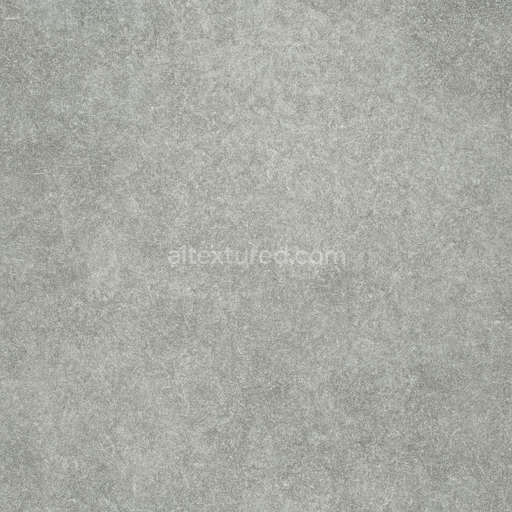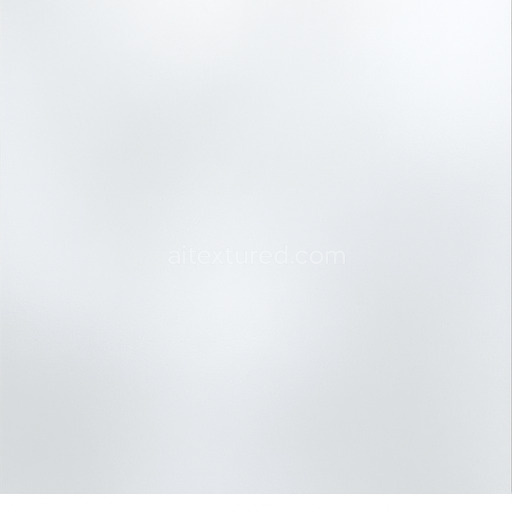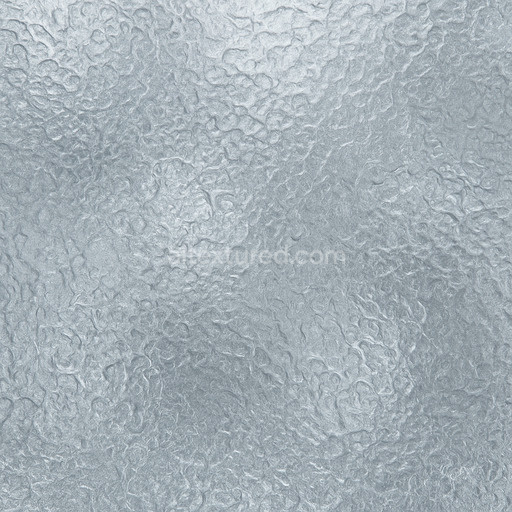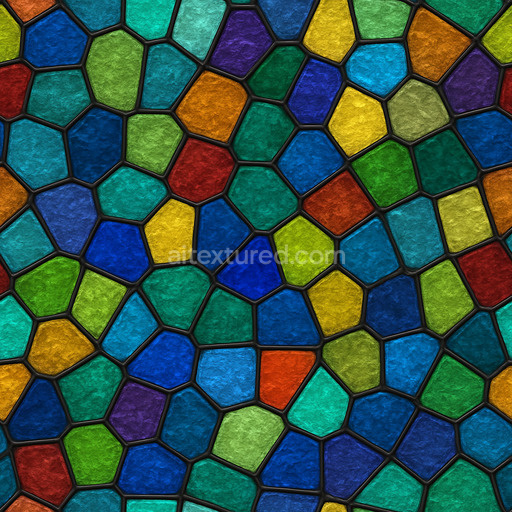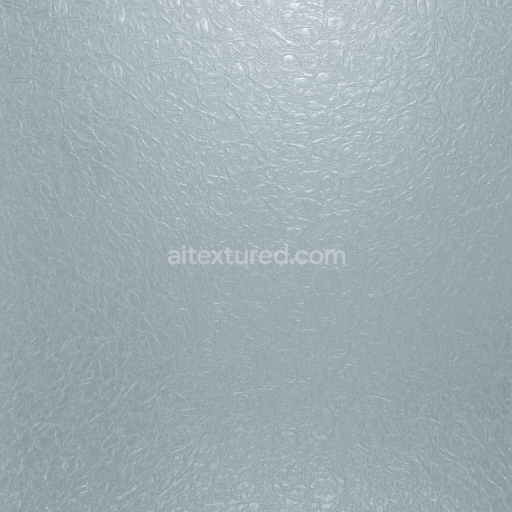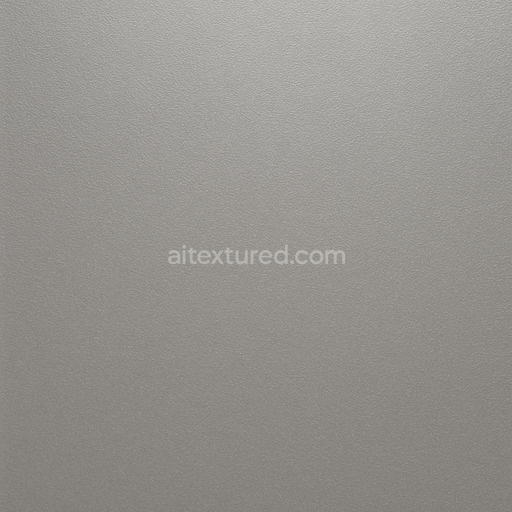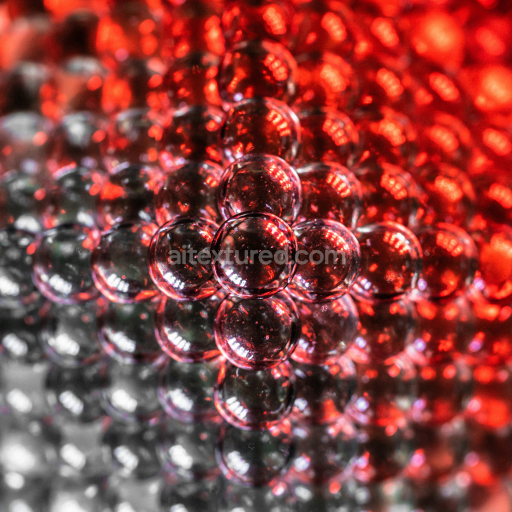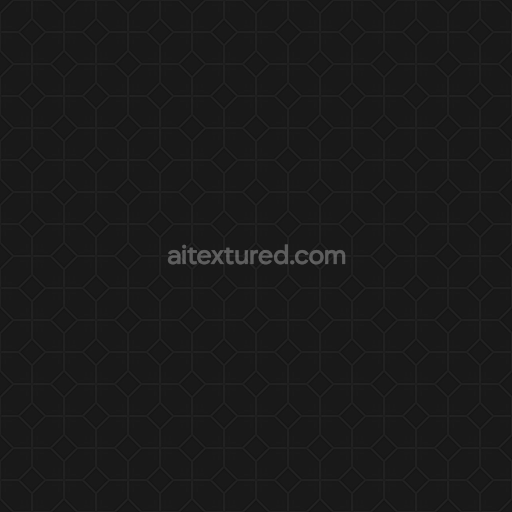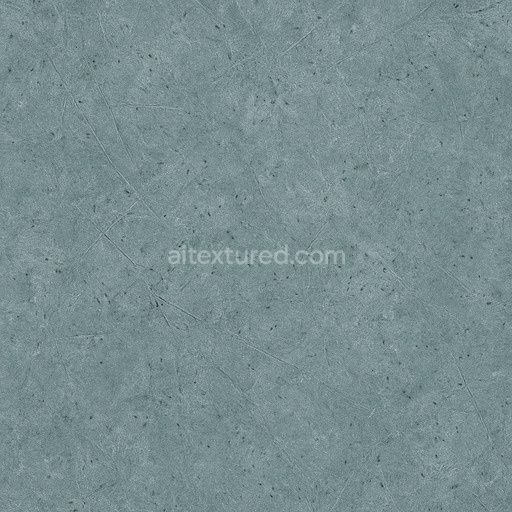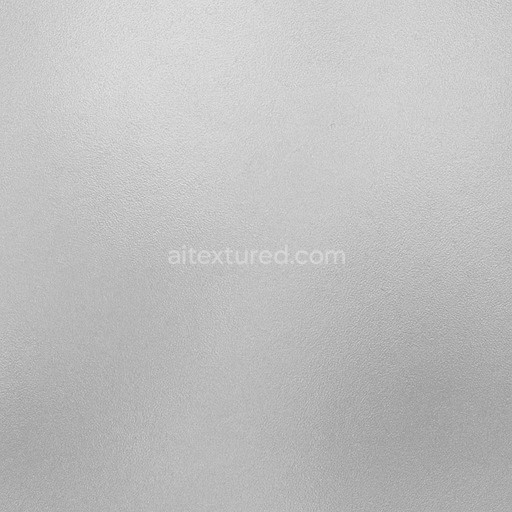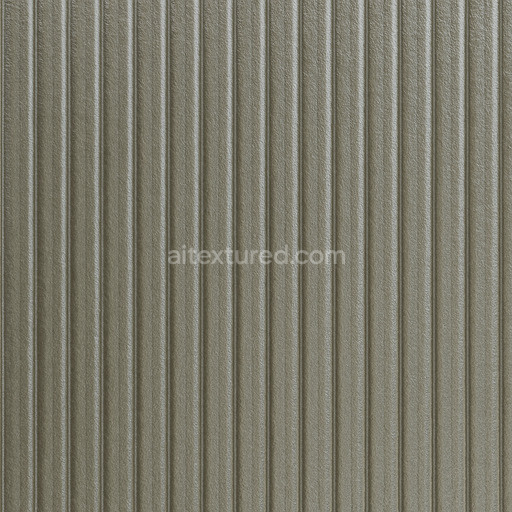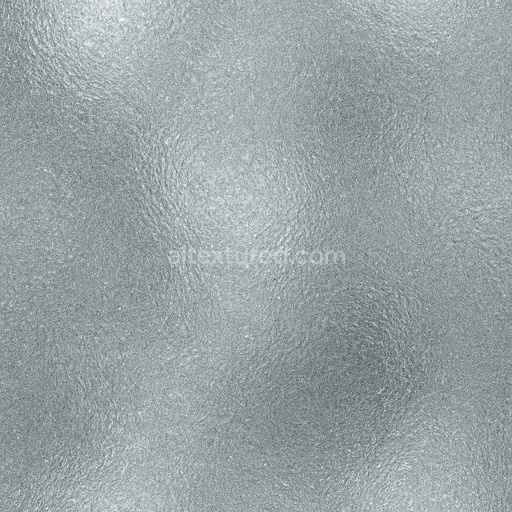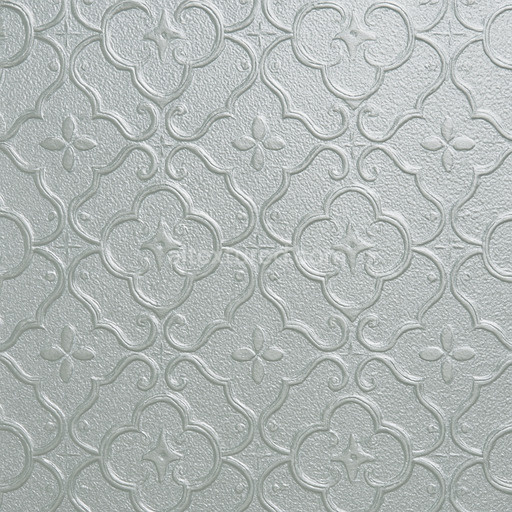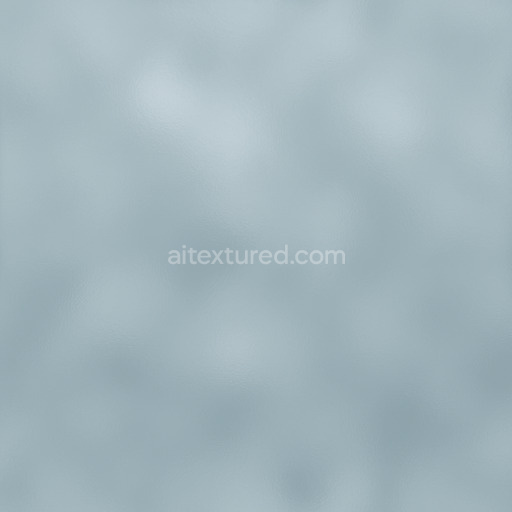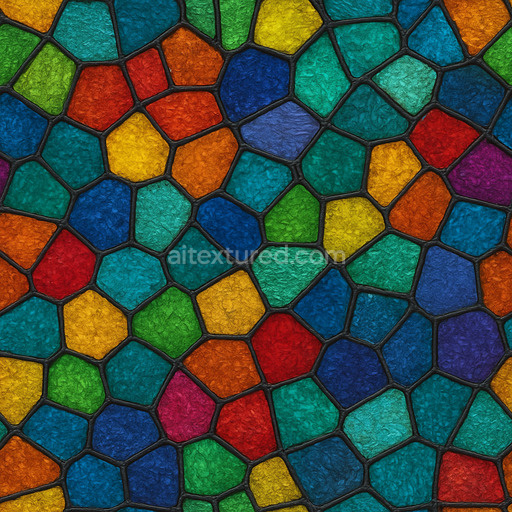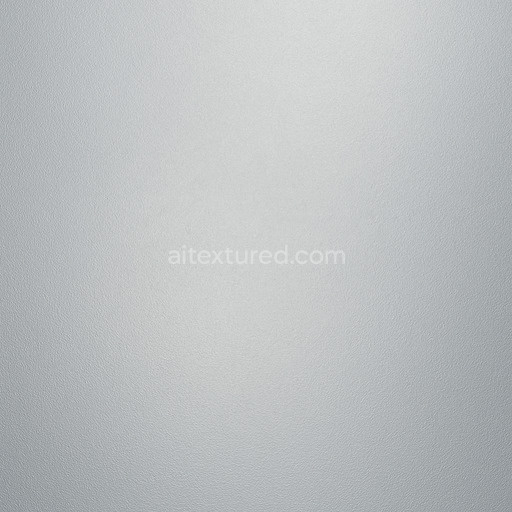The Mirror Glass Pure Reflection texture is an expertly engineered AI texture tailored specifically for the glass category presenting a seamless mirror glass pure reflection pattern that flawlessly covers extensive surfaces. Its base substrate emulates premium glass material characterized by a polished ultra-smooth finish that captures the intrinsic clarity and transparency inherent to mirror-like surfaces. This texture set intricately simulates the layered composition of oxide films and subtle micro-roughness found in real-world mirror glass which significantly influence the quality and behavior of reflections. The minimal porosity and absence of weathering effects maintain a pristine unblemished appearance while the carefully controlled binders and molecular alignments within the simulated glass structure ensure consistent reflectivity and visual purity across all applications.
From a materials perspective the texture’s composition translates into the PBR channels with remarkable fidelity. The BaseColor/Albedo map features a near-neutral lightly tinted palette that mirrors the subtle coloration of pure glass while the Normal map captures delicate surface undulations that gently diffuse light without compromising the mirror’s clarity. The Roughness channel expertly balances reflective sharpness with microscopic imperfections preserving pure reflections without appearing unnaturally perfect or overly diffuse. Metallic values remain low to moderate representing the slight conductive properties of the mirror’s reflective backing layer enhancing realism within PBR workflows. Ambient Occlusion subtly emphasizes ambient depth around edges and recesses reinforcing natural light interaction and Height/Displacement maps add refined depth for parallax effects increasing immersion when viewed from close range. With resolution options scaling up to an impressive 8K this tileable mirror glass pure reflection texture guarantees crisp detailed visuals even on large-scale assets making it ideal for architectural visualization environment art and detailed concept prototyping.
Designed for flawless integration with leading 3D engines such as Blender Unreal Engine and Unity this AI texture mirror glass pure reflection delivers reliable predictable results that enhance any project focused on high-quality reflective glass surfaces. Its seamless tiling and consistent pattern prevent visible seams or distortions ensuring a natural and visually appealing finish across diverse surfaces. For optimal results it is recommended to maintain a uniform UV scale on 3D assets to avoid pattern stretching and preserve the pristine mirror effect. Additionally fine-tuning the roughness map allows precise control over reflection intensity enabling artists to adapt the glass appearance to various lighting environments and artistic directions. This practical approach maximizes the texture’s versatility and effectiveness within a wide range of workflows.
Incorporating this seamless mirror glass pure reflection texture into your material library accelerates iteration and elevates visual fidelity across 3D projects. The comprehensive PBR map set and high-resolution output provide extensive flexibility and realism supporting everything from rapid look development to highly detailed architectural visualization. Whether crafting sleek modern interiors or intricate concept prototypes this texture’s meticulous design and real-time 3D preview compatibility streamline the creative process delivering stunning natural glass reflections with unmatched clarity and consistency.
How to Use These Seamless PBR Textures in Blender
This guide shows how to connect a full PBR texture set to Principled BSDF in Blender (Cycles or Eevee). Works with any of our seamless textures free download, including PBR PNG materials for Blender / Unreal / Unity.
What’s inside the download
*_albedo.png — Base Color (sRGB)*_normal.png — Normal map (Non-Color)*_roughness.png — Roughness (Non-Color)*_metallic.png — Metallic (Non-Color)*_ao.png — Ambient Occlusion (Non-Color)*_height.png — Height / Displacement (Non-Color)*_ORM.png — Packed map (R=AO, G=Roughness, B=Metallic, Non-Color)

Quick start (Node Wrangler, 30 seconds)
- Enable the addon: Edit → Preferences → Add-ons → Node Wrangler.
- Create a material and select the Principled BSDF node.
- Press Ctrl + Shift + T and select the maps
albedo, normal, roughness, metallic (skip height and ORM for now) → Open.
The addon wires Base Color, Normal (with a Normal Map node), Roughness, and Metallic automatically.
- Add AO and Height using the “Manual wiring” steps below (5 and 6).
Manual wiring (full control)
- Create a material (Material Properties → New) and open the Shader Editor.
- Add an Image Texture node for each map. Set Color Space:
- Albedo → sRGB
- AO, Roughness, Metallic, Normal, Height, ORM → Non-Color
- Connect to Principled BSDF:
albedo → Base Colorroughness → Roughnessmetallic → Metallic (for wood this often stays near 0)normal → Normal Map node (Type: Tangent Space) → Normal of Principled.
If details look “inverted”, enable Invert Y on the Normal Map node.
- Ambient Occlusion (AO):
- Add a MixRGB (or Mix Color) node in mode Multiply.
- Input A =
albedo, Input B = ao, Factor = 1.0.
- Output of Mix → Base Color of Principled (replaces the direct albedo connection).
- Height / Displacement:
Cycles — true displacement
- Material Properties → Settings → Displacement: Displacement and Bump.
- Add a Displacement node: connect
height → Height, set Midlevel = 0.5, Scale = 0.02–0.08 (tune to taste).
- Output of Displacement → Material Output → Displacement.
- Add geometry density (e.g., Subdivision Surface) so displacement has polygons to work with.
Eevee (or lightweight Cycles) — bump only
- Add a Bump node:
height → Height.
- Set Strength = 0.2–0.5, Distance = 0.05–0.1, and connect Normal output to Principled’s Normal.
Using the packed ORM texture (optional)
Instead of separate AO/Roughness/Metallic maps you can use the single *_ORM.png:
- Add one Image Texture (Non-Color) → Separate RGB (or Separate Color).
- R (red) → AO (use it in the Multiply node with albedo as above).
- G (green) → Roughness of Principled.
- B (blue) → Metallic of Principled.
UVs & seamless tiling
- These textures are seamless. If your mesh has no UVs, go to UV Editing → Smart UV Project.
- For scale/repeat, add Texture Coordinate (UV) → Mapping and plug it into all texture nodes.
Increase Mapping → Scale (e.g., 2/2/2) to tile more densely.
Recommended starter values
- Normal Map Strength: 0.5–1.0
- Bump Strength: ~0.3
- Displacement Scale (Cycles): ~0.03
Common pitfalls
- Wrong Color Space (normals/roughness/etc. must be Non-Color).
- “Inverted” details → enable Invert Y on the Normal Map node.
- Over-strong relief → lower Displacement Scale or Bump Strength.
Example: Download Wood Textures and instantly apply parquet or rustic planks inside Blender for architectural visualization.
To add the downloaded texture, go to Add — Texture — Image Texture.

Add a node and click the Open button.

Select the required texture on your hard drive and connect Color to Base Color.

